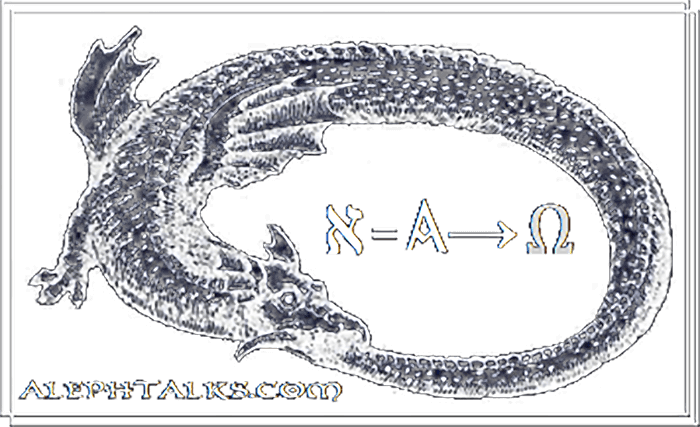Putting It All Together: Where Have We Been? Where Are We Going?

We conclude with a discussion of parallels and intersections between the diverse themes and topics covered
Sacred geometry ascribes symbolic and sacred meanings to certain geometric shapes and certain geometric proportions. It is associated with the belief of a divine creator of the universal geometer. The geometry used in the design and construction of religious structures such as churches, temples, mosques, religious monuments, altars, and tabernacles has sometimes been considered sacred. The concept applies also to sacred spaces such as temenoi, sacred groves, village greens, pagodas and holy wells, Mandala Gardens and the creation of religious and spiritual art.
The belief that a god created the universe according to a geometric plan has ancient origins. Plutarch attributed the belief to Plato, writing that "Plato said god geometrizes continually" (Convivialium disputationum, liber 8,2). In modern times, the mathematician Carl Friedrich Gauss adapted this quote, saying "God arithmetizes".
Johannes Kepler (1571–1630) believed in the geometric underpinnings of the cosmos. Harvard mathematician Shing-Tung Yau expressed a belief in the centrality of geometry in 2010: "Lest one conclude that geometry is little more than a well-calibrated ruler – and this is no knock against the ruler, which happens to be a technology I admire – geometry is one of the main avenues available to us for probing the universe. Physics and cosmology have been, almost by definition, absolutely crucial for making sense of the universe. Geometry's role in this may be less obvious, but is equally vital. I would go so far as to say that geometry not only deserves a place at the table alongside physics and cosmology, but in many ways it is the table."
Additional Resources
Free Will, Determinism and Enlightenment
Multicomputation as a Fourth General Paradigm for Theoretical Science - Wolfram
Multicomputation with Numbers: The Case of Simple Multiway Systems - Wolfram
Charting a Course for Complexity - Wolfram
Space As a Network - Wolfram
Time and Causal Networks - Wolfram
Why Does the Universe Exist? - Wolfram
On the Concept of Motion - Wolfram
The Physicalization of Metamathematics - Wolfram
Visual Summary of the Wolfram Physics Project - Wolfram
Wolfram Ruliad in 26 Real Dimensional Symplectic Universe
Subject Ten: Parallels and Intersections
